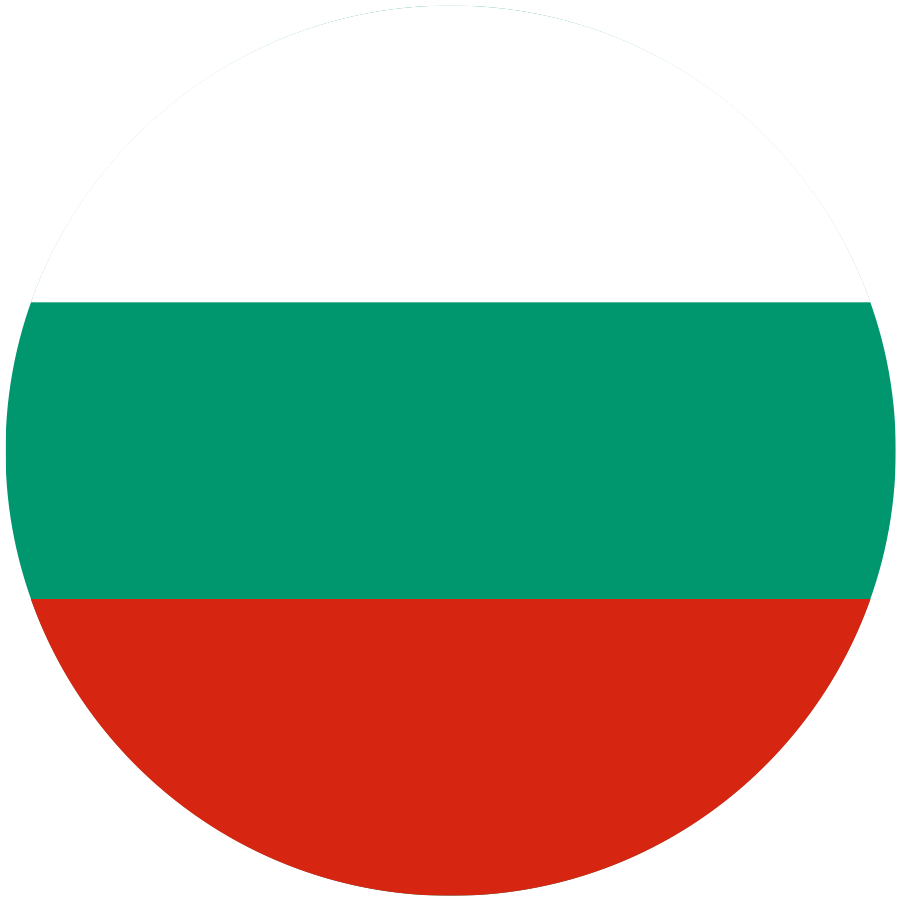
Bulgaria
CEMR in Bulgaria – National Association of Municipalities in the Republic of Bulgaria (www.namrb.org)










Local governments
The municipality is Bulgaria's only administrative and territorial tier of local governance. It is an independent legal entity which owns property and has responsibility for its own budget. The population lives in 5,600 settlements (naseleno myasto), organised in 265 municipalities. The average number of settlements per municipality is 20.
The municipal council (obchtinski savet) is the municipality's legislative body and decides on local policy. Its members are elected by direct universal suffrage for a four-year term. The municipal council elects a chairperson from among its members (between 11 and 61 councillors). The chairperson convenes the council meetings and guides the preparation of these meetings. The chairperson also coordinates the work of standing committees, assists councillors with their activities and represents the Council before third parties.
The mayor (kmet) is the municipality's executive head. The mayor of the municipality is elected by direct universal suffrage based on a majority system for a four-year term. His/her role is to implement and manage the policies of the municipal council, to represent the municipality and to manage the municipal staff.
The law provides for three types of administrative and territorial units within the municipalities:
- Wards (gradski rayon) are territorial units in the three largest cities (population above 300,000). The ward mayors are elected by direct universal suffrage. The wards have their own administration.
- The settlements, which are not cities, with a population of above 100, are called mayoralties (kmetstvo) and have elected mayors.
- The municipal mayor appoints mayor’s representatives in settlements with a population below 100 (kmetski namestnik).
The term of all elected officials (mayors and councillors) is four years.
-
Management of municipal property, municipal companies and enterprises, municipal budget and borrowing, and the municipal administration.
- Public safety*
- Education*
- Social and welfare services*
- Cultural activities*
- Public works
- Parks and recreation
- Sports and leisure
- Water supply and sewage
- Tourism
- Household refuse collection
- Spatial planning
- Public transportation
- Maintenance and conservation of cultural, historical and architectural monuments*
- Environmental protection*
* The service provision of these activities is shared between the municipalities and the national government.









